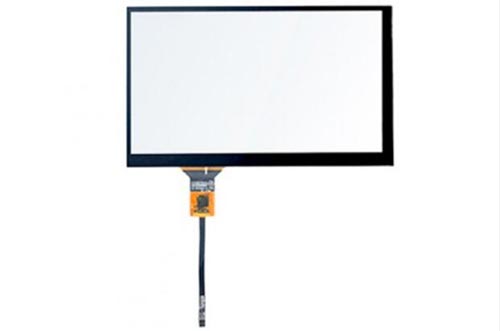Which is better resistive or capacitive touch screen?
Views: 885 Update date: Jan 23,2024
The choice between resistive and capacitive touch screens depends on the specific requirements and preferences for a particular application. Here are some key differences between the two:
Capacitive Touch Screen: Responds to the electrical conductivity of the user's finger. Offers more accurate and sensitive touch, especially to light touches.
Capacitive Touch Screen: Typically supports multitouch gestures, enabling more advanced interactions like pinch-to-zoom.
Capacitive Touch Screen: More susceptible to damage from scratches and impacts, but advancements in glass technology have improved durability.
Capacitive Touch Screen: Allows for a clearer and more transparent display.
Capacitive Touch Screen: Can be more expensive, especially for high-end models with advanced features.
Capacitive Touch Screen: Widely used in consumer electronics like smartphones and tablets due to their responsive and intuitive nature.
In summary, resistive touch screens may be preferred in scenarios where durability and cost are crucial factors, while capacitive touch screens are often chosen for their responsiveness, multitouch capabilities, and clarity. The decision should be based on the specific requirements of the intended application.
Touch Sensitivity:
Resistive Touch Screen: Responds to pressure, allowing input with fingers, stylus, or any object. Can be less sensitive to light touches.Capacitive Touch Screen: Responds to the electrical conductivity of the user's finger. Offers more accurate and sensitive touch, especially to light touches.
Multitouch Capability:
Resistive Touch Screen: Generally supports single-touch input; some models may offer limited multitouch.Capacitive Touch Screen: Typically supports multitouch gestures, enabling more advanced interactions like pinch-to-zoom.
Durability:
Resistive Touch Screen: Tends to be more durable in harsh environments as it is less prone to damage from scratches or impacts.Capacitive Touch Screen: More susceptible to damage from scratches and impacts, but advancements in glass technology have improved durability.
Transparency and Clarity:
Resistive Touch Screen: Can be less transparent due to the additional layers required for pressure sensitivity.Capacitive Touch Screen: Allows for a clearer and more transparent display.
Cost:
Resistive Touch Screen: Generally more cost-effective than capacitive touch screens.Capacitive Touch Screen: Can be more expensive, especially for high-end models with advanced features.
Use Cases:
Resistive Touch Screen: Commonly used in industrial settings, rugged devices, and situations where the screen may be subjected to harsh conditions.Capacitive Touch Screen: Widely used in consumer electronics like smartphones and tablets due to their responsive and intuitive nature.
In summary, resistive touch screens may be preferred in scenarios where durability and cost are crucial factors, while capacitive touch screens are often chosen for their responsiveness, multitouch capabilities, and clarity. The decision should be based on the specific requirements of the intended application.




